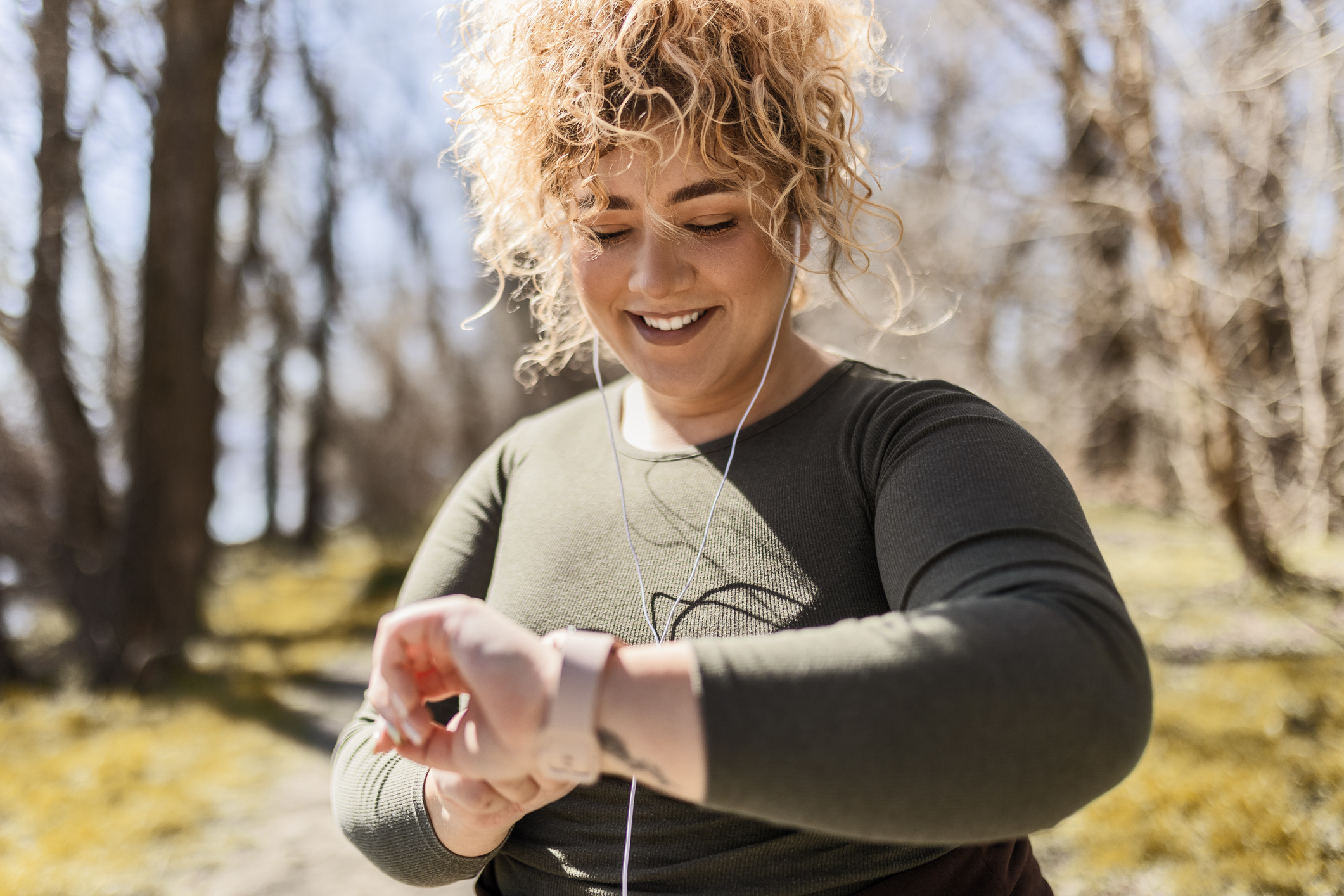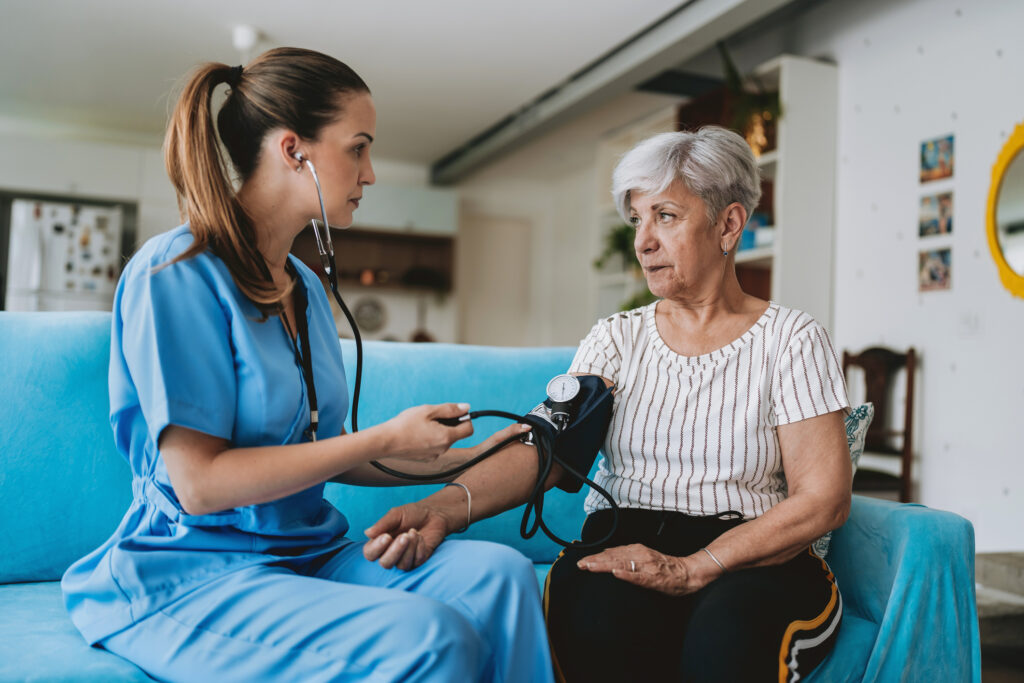Vitamin D plays an integral role in bone health through multiple direct and indirect mechanisms, including the regulation of calcium and phosphate metabolism. It is also well understood that severe vitamin D deficiency is associated with rickets in children and osteomalacia in adults. However, the relationship between vitamin D and bone is not straightforward. For example, vitamin D status and bone mineral density are not well correlated, especially in some populations, and poor vitamin D status is inconsistently associated with risk of stress and other fractures.
The seemingly complicated relationship between vitamin D status and bone health may be masked by the biochemical marker commonly used to assess vitamin D status. Assessment of vitamin D status via serum total 25-hydroxyvitamin D, or 25(OH)D, testing is common among the general population and many athletic communities. For example, more than two-thirds of NCAA Division I athletic programs reported routine vitamin D testing in 2019. However, bioavailable 25(OH)D concentration may be a better indicator of vitamin D status than total 25(OH)D concentration. Bioavailable 25(OH)D is most readily available for activation and interaction with tissues via vitamin D receptors and thus may better reflect true vitamin D status. In addition, bioavailable 25(OH)D has been shown to be associated with bone mineral density, particularly in Black and African American individuals (likely due to genetic variation).In our study, published in the March 2022 issue of Medicine & Science in Sports & Exercise® (MSSE), we explored the utility of bioavailable 25(OH)D in our cohort of male and female NCAA Division I athletes. Similar to previous findings, including those by Allison et al. also published in MSSE, we observed no association between serum 25(OH)D concentration and total body bone mineral density. However, we did observe a moderate association between bioavailable 25(OH)D and total bone mineral density (r = 0.618).
Of the 53 athletes in our study, 74% were classified as having low vitamin D status based on total 25(OH)D concentration (< 75 nmol/L). In contrast, only 19% were classified as having low vitamin D status based on bioavailable 25(OH)D (< 5 nmol/L). Importantly, more than half of participants (32% of white and 77% of Black or African American participants) would have been classified differently based on total and bioavailable 25(OH)D concentrations. In the clinical setting, using total 25(OH)D concentrations to determine vitamin D status, which is commonplace, may be sub-optimal. One risk is overtreating with vitamin D supplements, which at higher doses could result in hypercalcemia, weakness, bone pain, kidney stones and tissue calcification, among other adverse effects. Another risk is undertreating, which may have numerous impacts to health and performance.
Sports medicine clinicians and athletes routinely base vitamin D treatment and dosing decisions on total 25(OH)D concentration. However, without knowing bioavailable 25(OH)D concentration, a big part of the complicated story is incomplete. Further research into the use of the bioavailable 25(OH)D biomarker with athletes and into the development of a commercially available bioavailable 25(OH)D assay is needed.

Michelle Rockwell PhD, RD, CSSD, is an assistant professor with the Department of Family & Community Medicine at the Virginia Tech Carilion School of Medicine and an adjunct faculty member with the Department of Human Nutrition, Foods, and Exercise at Virginia Tech. Dr. Rockwell’s vitamin D research has focused on the nutrient’s role in athletic performance, the utility of the total 25(OH)D biomarker, and clinical care patterns in a variety of settings, with a particular focus on overuse. She completed dietetics training at the National Institutes of Health, earned a Ph.D. from Virginia Tech, is a certified specialist in sports dietetics, and is a member of ACSM.

Enette Larson-Meyer, PhD, RD, FACSM, is a professor at Virginia Tech in the Department of Human Nutrition, Foods, and Exercise, where she directs the Nutrition and Exercise Metabolism Laboratory. Her lab has been interested in the assessment of vitamin D status and its role in the health and performance of athletes since 2010. Dr Larson-Meyer is an ACSM fellow and serves as an associate editor for MSSE. She completed her dietetic training at Massachusetts General Hospital in Boston and her doctoral/postdoctoral studies at the University of Alabama at Birmingham.
Viewpoints presented in SMB commentaries reflect opinions of the authors and do not necessarily represent ACSM positions or policies. Active Voice authors who have received financial or other considerations from a commercial entity associated with their topic must disclose such relationships at the time they accept an invitation to write for SMB.




